We all have our go-to cameras. This is not mine. It is however one of the quirkiest cameras in my unreasonably large collection of rangefinders and rangefinder lenses: the Agfa Karat 36. This little camera is a collapsible 35mm fixed-lens rangefinder with a small bellows tucked behind a metal frame. It uses a synchro-compur leaf shutter with speeds up to 1/500s.
I picked this up on a whim over a year ago while browsing one of the myriad classic camera shops in Hong Kong. After spotting it in the corner of a display, I asked the shopkeeper, “What the heck is that?” He took it out and let me play with it, and I was intrigued. I’d never seen a rangefinder quite like it. The only logical thing to do was to buy it purely out of curiosity. Hey, sometimes we buy cameras just for fun, right?
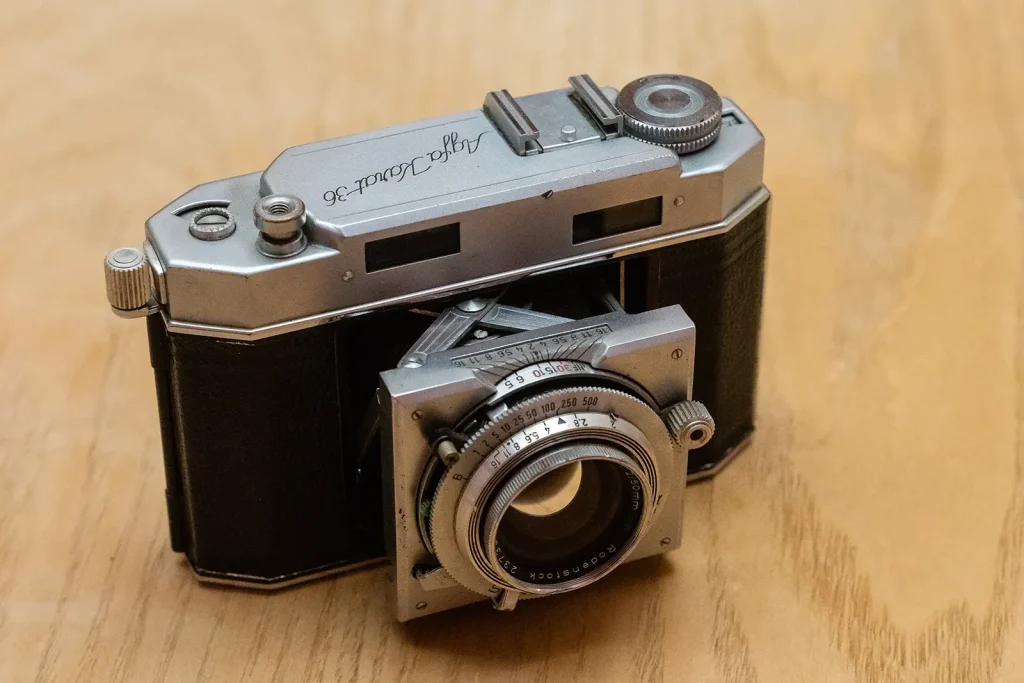
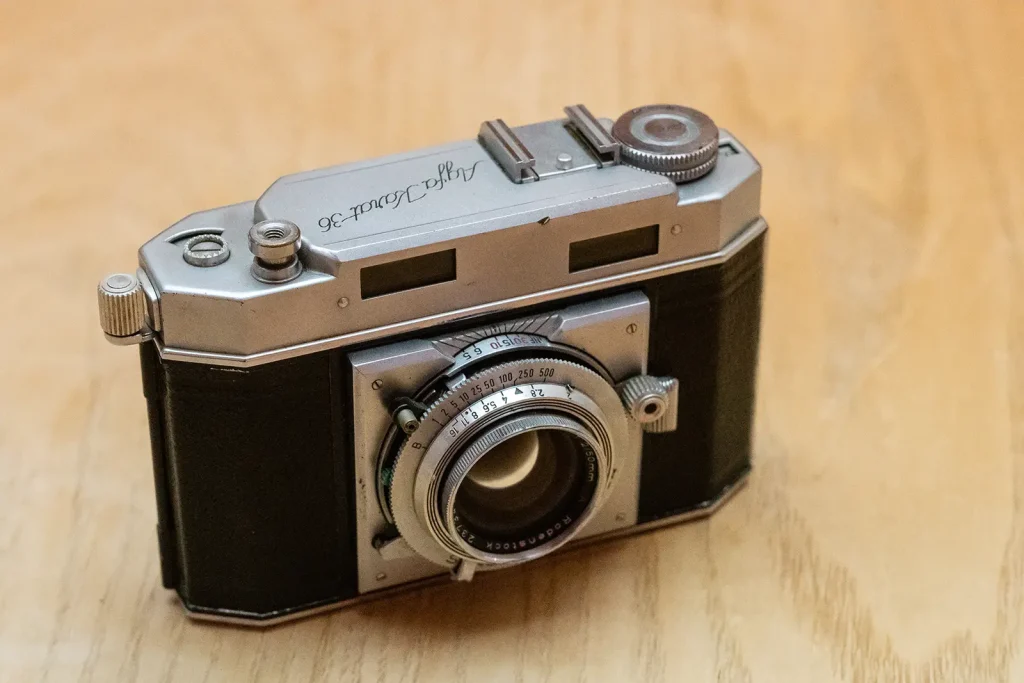
Mine is the third version of the Karat 36. Made in 1953, it came with a choice of non-interchangeable lenses: a four-element Agfa Solinar 50mm f/2.8, or faster 6-element Agfa Solagon, Rodenstock Heligon, and Schneider Xenon lenses, all 50mm f/2. I’ve read that there’s an f2.8 Xenar version too, but I’ve never seen one. The Rodenstock Karat-Heligon lens on mine is a gem. It gives a nice vintage rendering in its colour and contrast, and is plenty sharp with a hint of swirly bokeh in the right conditions. The f/2 lens is also impressively fast for a camera this compact. Aperture is controlled by a little knob on the bottom on the lens, and you focus with a tab on the side. I’ve seen some photos with this lens removed from a broken Karat 36 and mounted to a digital camera, and the results are gorgeous.
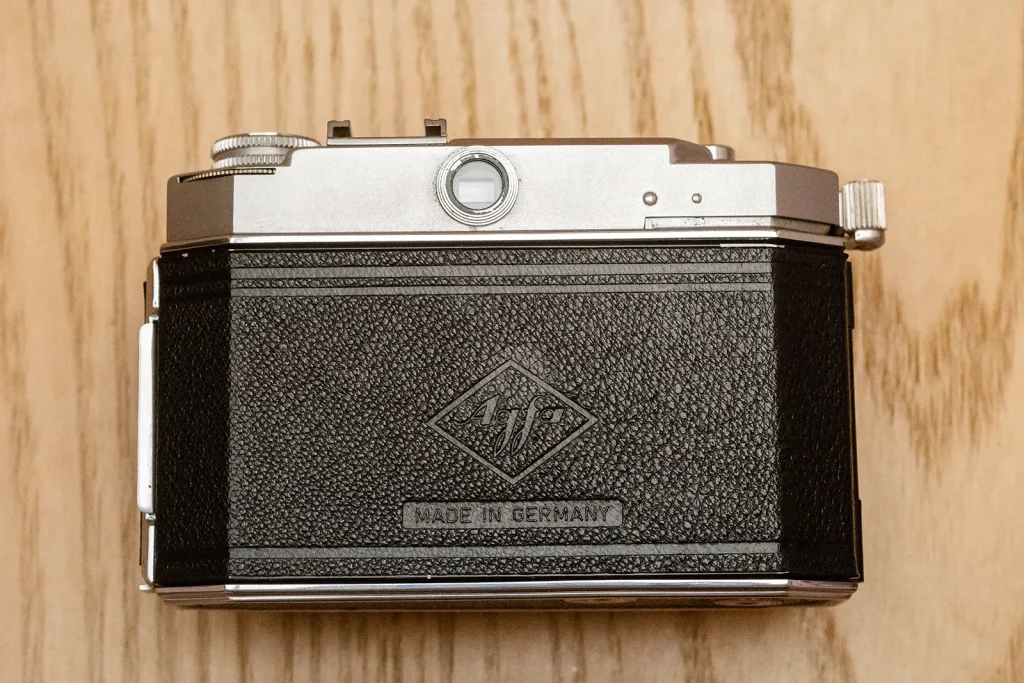
The most unusual feature of this camera is the viewfinder and rangefinder. Instead of a more traditional viewfinder window with a rangefinder patch, the Karat 36 viewfinder is split into a top half and a bottom half that overlap in the middle. The viewfinder is smack bang in the middle, and when you focus, the entire bottom half moves relative to the top half. Here’s what it looks like:
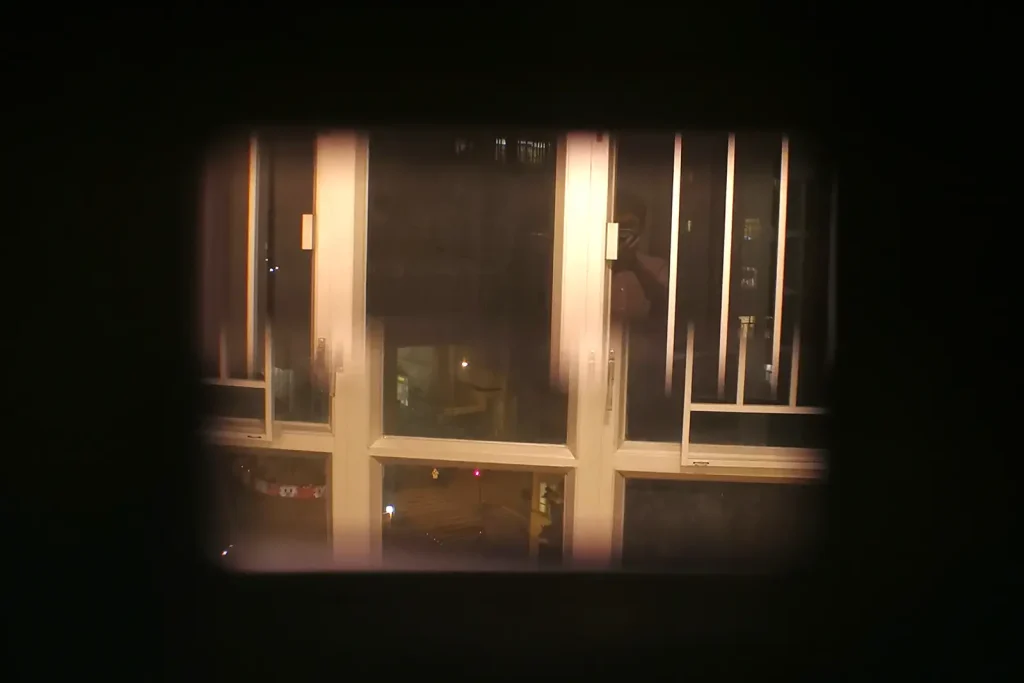
It took me some getting used to, but once I got the hang of it I realized this finder design has two huge advantages over traditional rangefinders. First, the viewfinder is stunningly bright and clear because it’s two clear windows overlaid on each other. There’s no semi-silvered mirror or tinting. Second, you aren’t limited to focusing with a patch in the centre. Your double image extends across the entire width of the finder. I find the handling surprisingly nice, but I’m so used to viewfinders being on the left of the camera that I often find myself looking at the back of the camera rather than through the finder when I bring it up to my eye.
The Karat 36 has some odd design choices though. The advance lever pulls towards you instead of away from you, so you can’t advance film with your thumb. Instead, you have to take your index finger off the shutter to advance film. Most annoyingly though, is the incomprehensible decision to put a hinged metal latch over the sprockets that catch the film when you load it. I guess it’s there to make sure the film engages properly, but if you don’t line it up correctly it can tear the film when you advance, and if you close the camera with it open all it does is scratch the back.
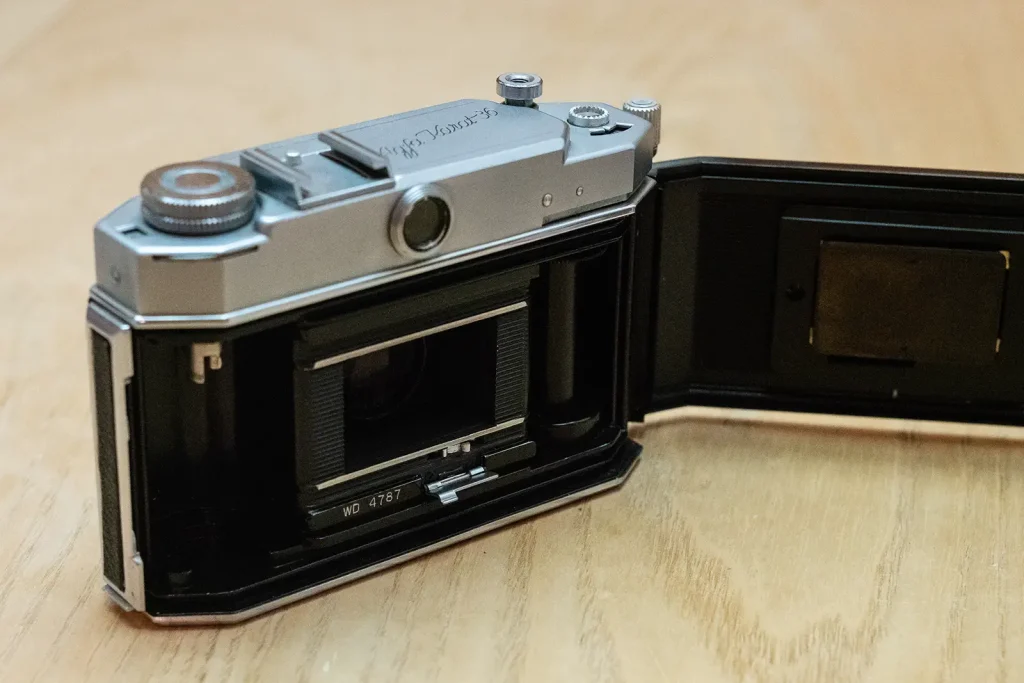
After a while, the slow shutter speeds on mine started sticking. Not uncommon for decades-old leaf shutters. I contemplated removing the lens and converting it to M mount, but I have too much love for the history and engineering behind these old cameras to do such a thing when the issue is clearly fixable. So I brought it to Uncle Tat, the legendary Hong Kong repairman who owns Panda Camera Repair. When I showed it to him, he started raving about the camera and its history, and performed the repair at a discount price because he hadn’t seen one of them for a while. Definitely the right decision, and now it works perfectly.
Would I use this as a day-to-day shooter? Absolutely not. But every now and then when I feel like shooting with something a bit different, this quirky little Agfa can be 36 Karat gold.
Here are some photos shot with the Agfa Karat 36 on an unintentionally bird-themed day out. Shot on Fuji Superia X-Tra 400.
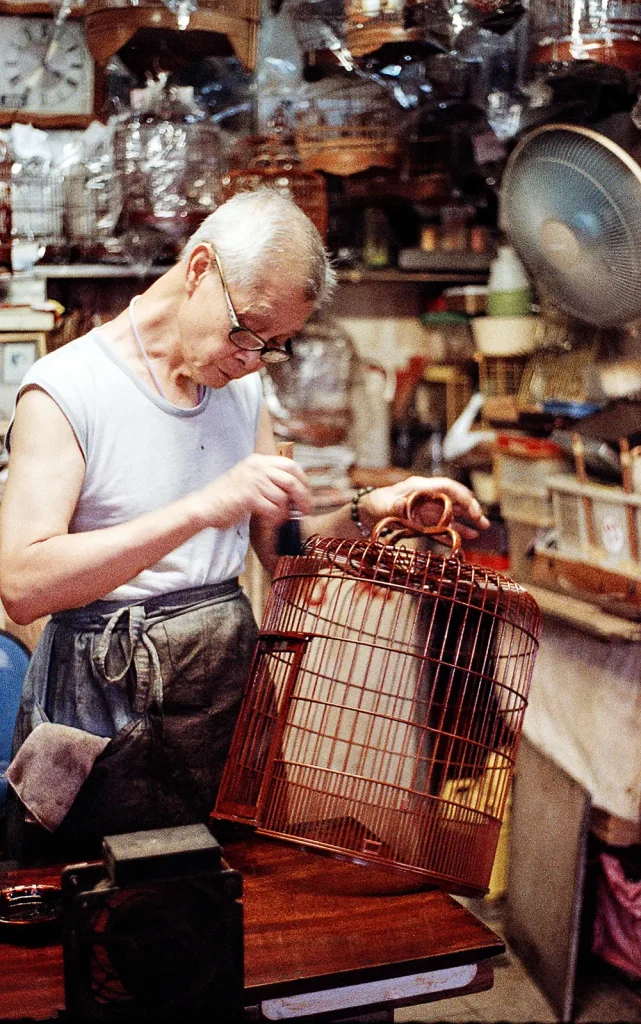

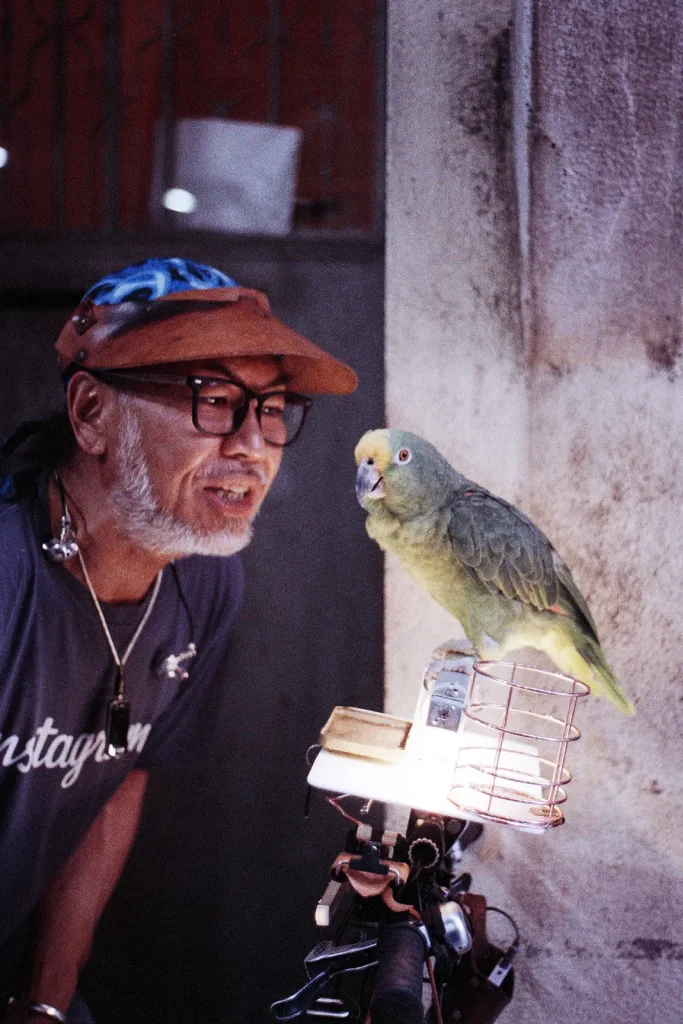
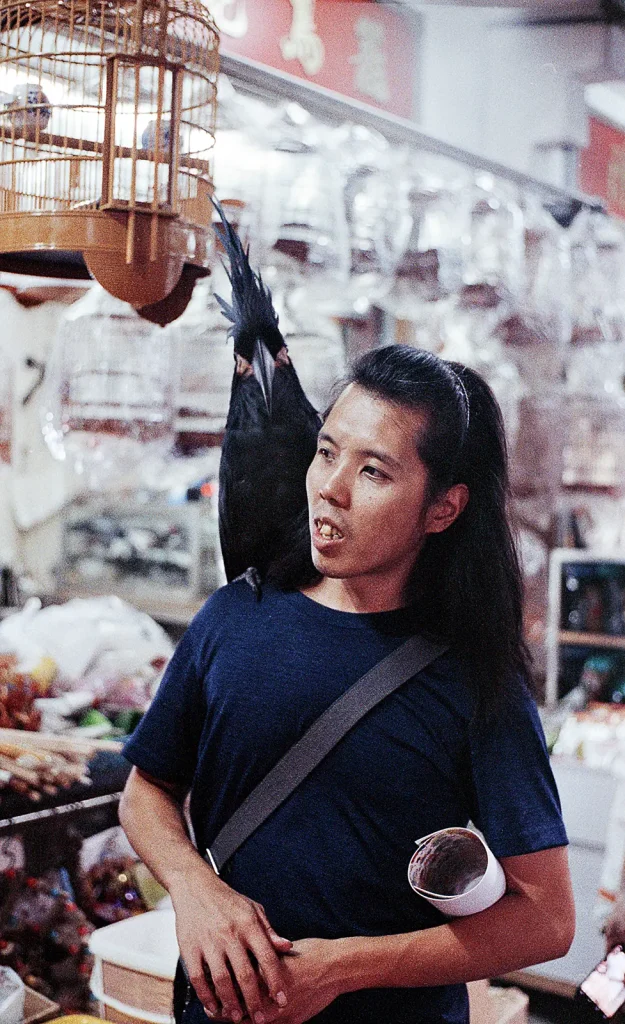
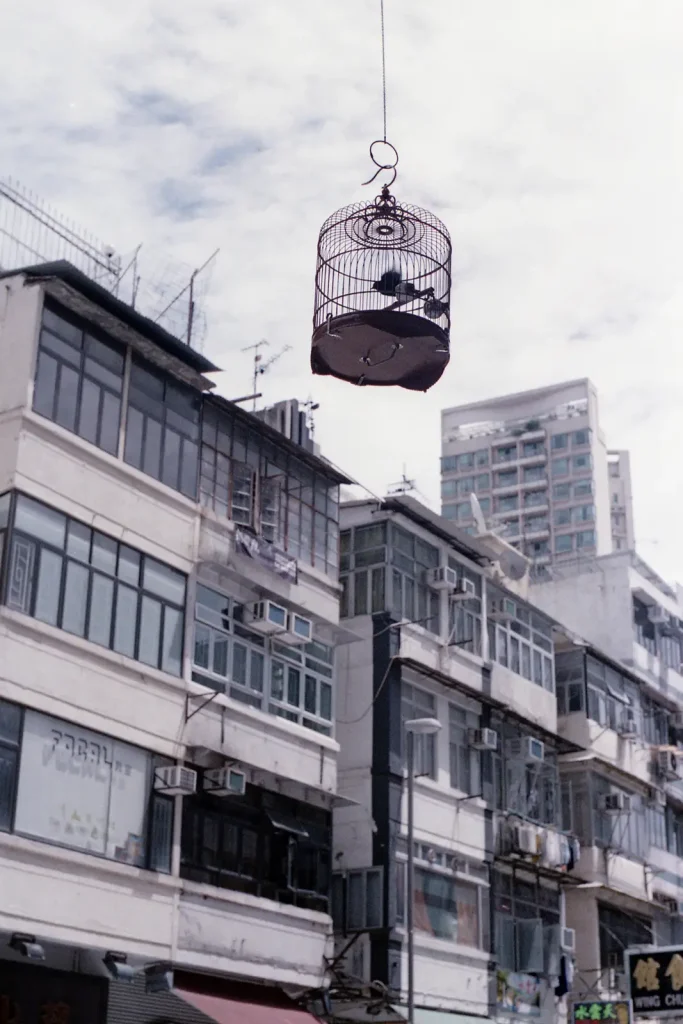
Photos of the camera were shot with a Sony A7RII with Alpa Kern Macro Switar 50mm f1.8 (another unusual lens).
Perry Ge is a Canadian photographer in Hong Kong with an unhealthy rangefinder obsession.
Website
Instagram
Flickr
Share this post:
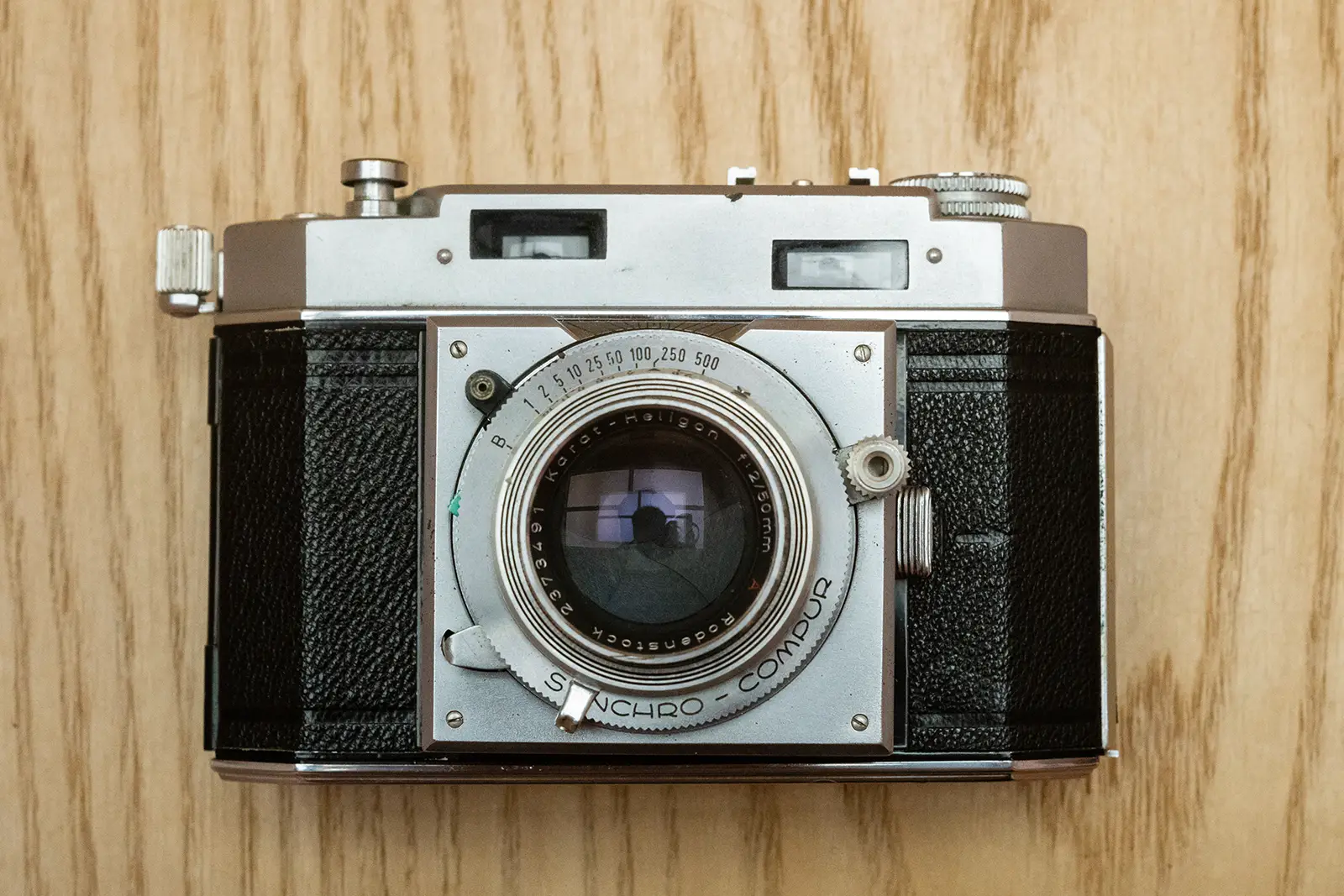








Comments
James on Agfa Karat 36 Review – The Patchless Rangefinder – By Perry Ge
Comment posted: 12/07/2019
Robert on Agfa Karat 36 Review – The Patchless Rangefinder – By Perry Ge
Comment posted: 12/07/2019
Patrick Abe on Agfa Karat 36 Review – The Patchless Rangefinder – By Perry Ge
Comment posted: 13/07/2019
Sean on Agfa Karat 36 Review – The Patchless Rangefinder – By Perry Ge
Comment posted: 14/07/2019